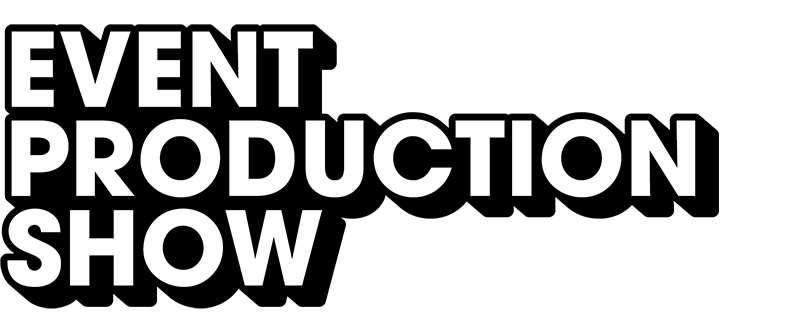Highlighting the Influence of Illumination Methods on the Craft of Film Projections Mapping
Highlighting the Influence of Illumination Methods on the Craft of Film Projections Mapping
Blog Article
Video mapping mapping is an innovative creative medium that merges technology and innovation to transform common surfaces into remarkable visual exhibits. This technique entails projecting graphics and videos onto three-dimensional elements, such as buildings, artworks, or stages. One of the key significant elements in creating effective projection in the use of effective lighting methods. Proper illumination enhances the aesthetic elements of the display and ensures that the images are crisp and engaging. This piece explores the impact of lighting techniques on video mapping and how they can elevate the complete experience.
Illumination plays a crucial role in motion mapping because it establishes the atmosphere and tone of the display. Different illumination techniques can evoke various feelings and responses from the viewers. For instance, using soft, warm lights can create a inviting environment, while vivid, cold illumination may produce a more dynamic or intense impact. By carefully selecting light hues and intensities, creators can influence how audience interpret the projected images, leading to a more immersive encounter. The equilibrium between mapping luminance and surrounding light is crucial, as it can significantly impact the clarity and effect of the images.
In addition to, hue and brightness, the direction of light also influences the effectiveness of projection. Lighting from different angles can generate contrast and highlights that add depth to the projected images. This method, known as light and shadow, can improve the 3D quality of the objects being projected. Furthermore, using moving lights can introduce energy to the exhibit, making the encounter more involving for the viewers. When the illumination collides with the mapped images, it can produce an effect of movement and transformation, capturing the viewers' attention.
Another essential aspect of multimedia storytelling through projection lighting in projection is the use of special effects. Techniques such as gobo lighting, which employs patterns and forms to project light, can introduce depth and intricacy to the mapping. This approach allows artists to layer images and create visually stunning results that enhance the projection. Moreover, adding laser lights or light-emitting diode illumination can further enhance the display, offering a unique blend of visual elements that draw the viewers in. These special effects, when used thoughtfully, can elevate the projection into a simple display to an engaging piece of creativity.
In summary, the influence of illumination methods on motion mapping is significant. By comprehending how various illumination elements interact with projected images, creators More Info can produce enthralling encounters that connect with audience. The thoughtful selection of color, intensity, direction, and special effects allows for a rich canvas of sight narrative. As technology continues to evolve, the possibilities for creative expression in mapping will only expand, making illumination an increasingly vital component in this progressive creative form.